Baking Powder or Baking Soda and Vinegar - a Facinating Conundrum: Which do you use when Baking your cake?
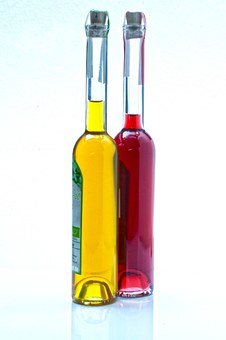
I posted a reply to @kawthar 's article on the use of vinegar as a raising agent, in the recipe post on chocolate cake.
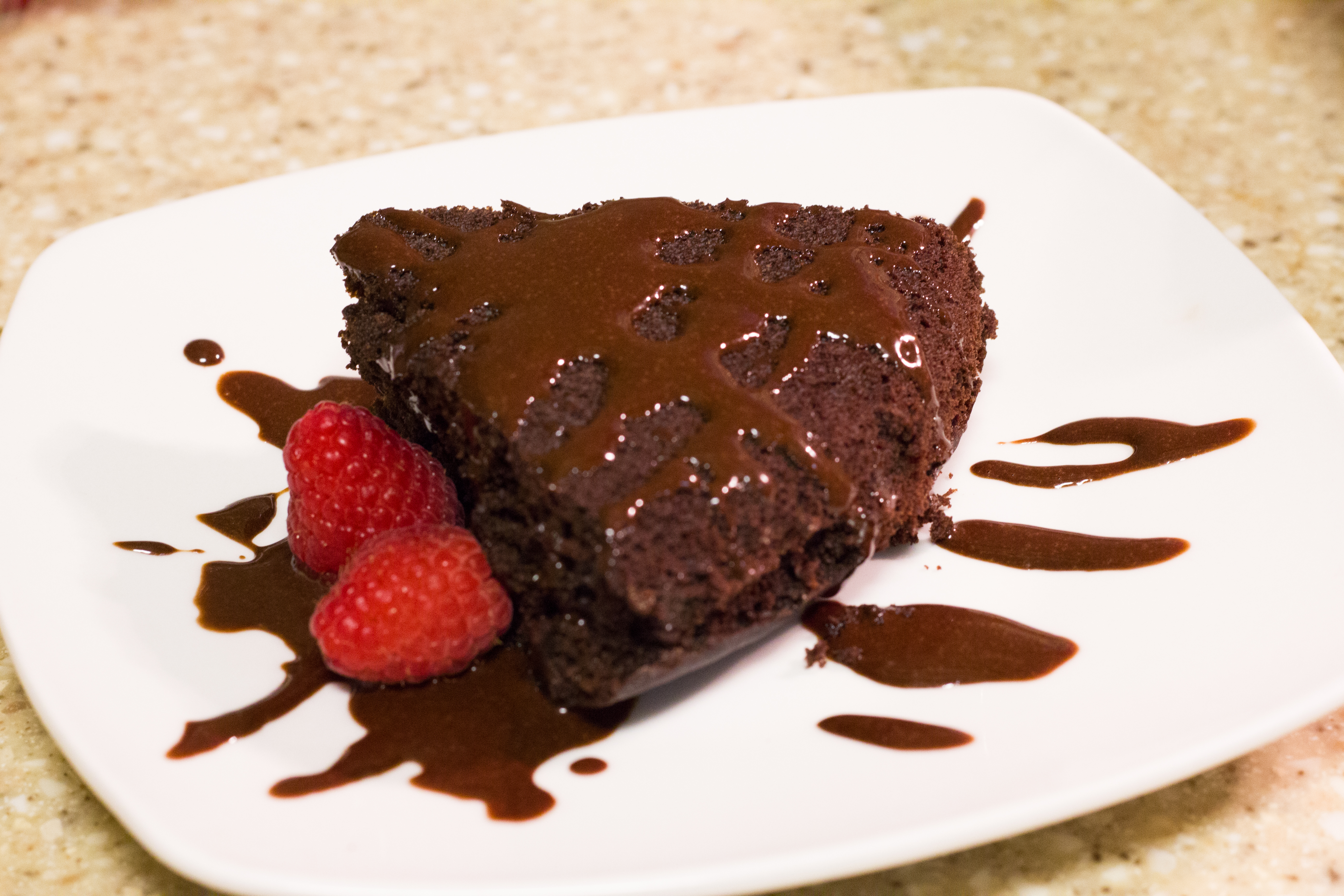
'Do you have experience with that combo in other recipes? This is the only recipe I've tried it in. It is very light and it was still moist when I finished the last slice 3 days after baking.'
Too involved to write as a reply. I thought it might be useful for all you bakers out there if I explained the concept to you.
CHEMICAL RAISING AGENTS
The main two Chemical Leaveners used in Baking are:
Baking Powder and Baking Soda.
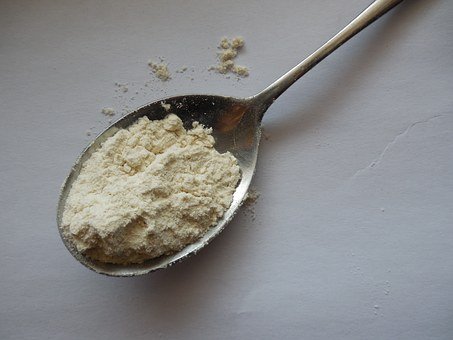
Baking Powder is a blend of acid (most commonly calcium acid phosphate, sodium aluminium sulphate or cream of tartar) and alkali – (baking soda/sodium bicarbonate). These create carbon dioxide bubbles when liquid and heat are added.
Commercial baking powder uses several compounds which gives it a double action. It acts when liquid is added and once again when heat is added after you put your product in the oven.
You can make up your own baking powder raising agent - for one teaspoon: mix 1/2 teaspoon cream of tartar with 1/4 teaspoon baking soda, made up to one teaspoon with ¼ teaspoon of cornstarch. Make up a small batch and keep in the fridge in an airtight container and use as the recipe requires.
If you decide to mix up your own BE AWARE! You must put your product straight into the oven - the addition of liquid starts the chemical reaction. If you leave it standing pre-baking, your 'home-made' raising agent will be ‘spent’ before baking starts. Unlike commercial baking powder, it only has the one action – either, when you add moisture, or, heat.
Baking Soda (Bicarbonate of Soda), is used when there is already an acid ingredient in the recipe such as:
Applesauce, buttermilk, brown sugar, chocolate, cocoa powder, cream of tartar, honey, lemon juice, molasses, vinegar.
When baking soda comes in contact with an acid and liquid is added, carbon dioxide (CO2), water and a neutral salt are produced. Care must be taken with how much baking soda is used. If too much - a ‘soapy’ aftertaste remains and the product bakes darker. If not enough is used - an acid flavour remains.
Baking soda is much stronger than baking powder. The general rule is to use 1 to 1-1/4 teaspoons baking powder per half cup of flour, (4ozs/100g). Baking soda should be added at 1/4 teaspoon per half cup of flour, (4ozs/100g).
How do these chemical leaveners work?
When carbon dioxide is released by either baking soda and/or baking powder, it first dissolves in the liquid. When this becomes saturated, the carbon dioxide produced turns into the air bubbles which expand. Towards the end of baking the bubbles set. You have a well risen product showing tiny air holes when cut.
Nb. At higher altitudes less baking powder/soda is required. Low pressure has an effect on carbon dioxide and makes it expand more. If you do not use less Raising Agent your baking will end up with a poor texture.
Let’s go back to Kawthar 's question. Vinegar can be used in interesting ways in both baking and cooking. If you require a ‘soured milk’, use vinegar; when you add a tablespoon of vinegar for every cup of milk and let it sit for five minutes, the result is 'akin' to buttermilk. Buttermilk is used in breads such as biscuits and pancakes, in batters for frying, and in dessert pastries; and can also be used as a meat tenderizer. It is particularly good when used as a marinade with chicken before you barbecue.
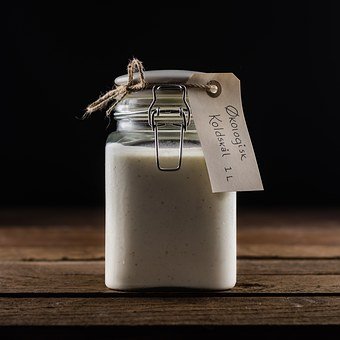
You can just as easily substitute lemon juice for the vinegar. However, unlike vinegar, lemon juice also imparts its flavour which will predominate in your baking - you will taste it. This can be used to your advantage if you want the lemon flavour. Using flavoured vinegars like raspberry vinegar, will 'kick' the flavour of raspberries too.
So, substitute baking soda in baking
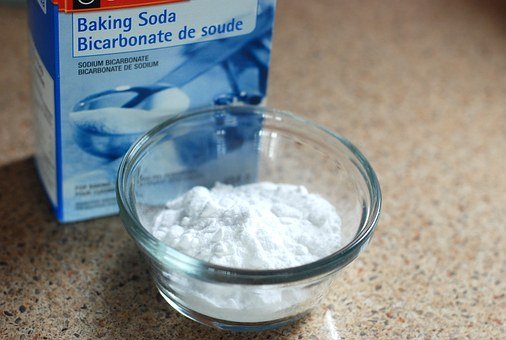
when you have a recipe which uses one of the acidic ingredients as a significant part: Applesauce, buttermilk, brown sugar, chocolate, cocoa powder, cream of tartar, honey, lemon juice, molasses, vinegar. If not, use baking powder; as with a traditional sponge cake.
I hope this post clarifies for you how and when to use baking soda in recipes.
Until the next time, Adios Amigos 
From 'not quite so sunny' Almeria Province, Spain. X